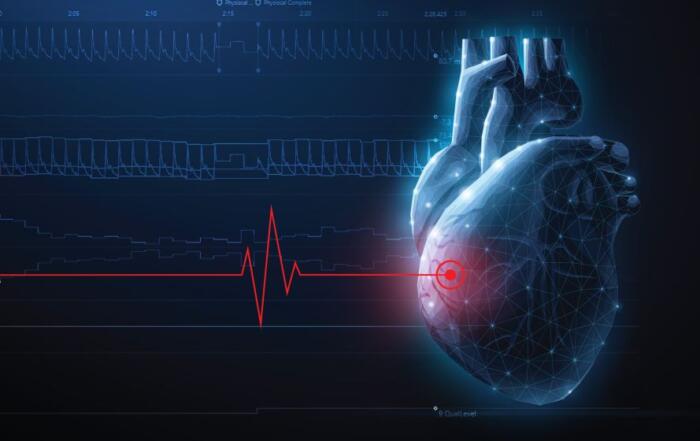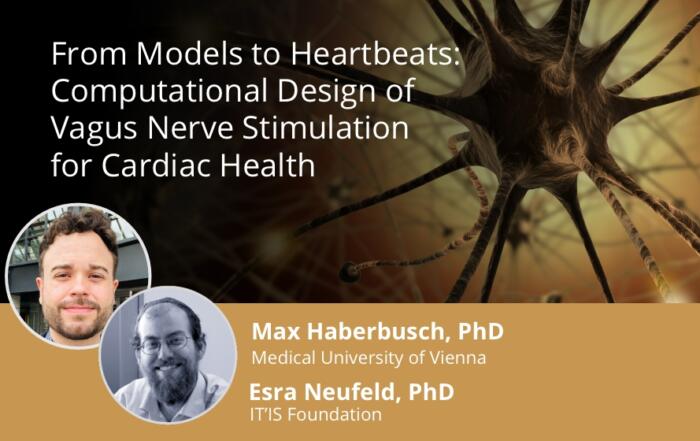Dr. Pedro Ferreira gives a deep dive into his work using pressure-volume loops in large animal models of heart failure.
Translational models are extremely important for testing new devices and therapies and are the last step before clinical application. In most cardiovascular applications, accurate analysis of cardiac function is required. To achieve this, pressure-volume (PV) loop analysis is routinely used, providing detailed data concerning the left, right, or bi-ventricular functions.
This webinar includes the step-by-step methodology for using a percutaneous approach to acquire left ventricle pressure-volume loop data with a multi-segment conductance catheter. From animal preparation to data acquisition, Dr. Ferreira showcases the equipment and consumables required for this technique and covers potential alternatives which make it accessible to anyone with a large animal facility.
Key Topics Include:
- How to perform ultrasound-guided vascular accesses
- How to catheterize the left ventricle
- Which catheter/sheath options are available for PV catheter introduction
- What to expect when performing left ventricle PV loop analysis
Resources
Presenters
Postdoctoral Researcher
Physiology and Cardiothoracic Surgery
University of Porto










